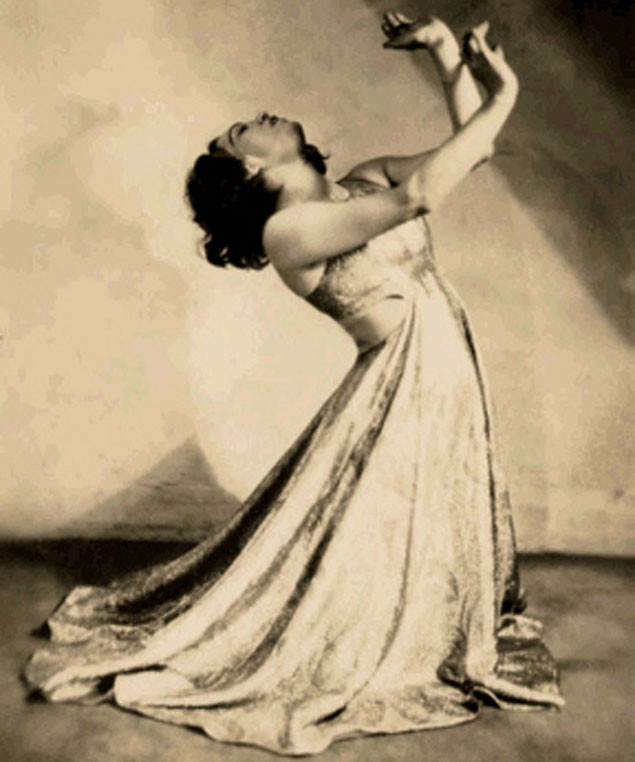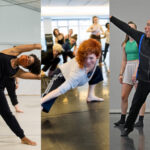The world of dance is filled with captivating performances, but sometimes, digging deeper into history reveals truly groundbreaking and enigmatic works. While exploring music video choreography, I found myself unexpectedly drawn to a figure who predates the music video era entirely: Mary Wigman. Forget fleeting pop trends; it’s the raw power and unsettling beauty of Wigman’s Hextentanz, or Witch Dance, that demands attention. This piece, a cornerstone of modern dance, has intrigued and disturbed audiences for decades, and for good reason.
 Mary Wigman in Witch Dance costume, early 20th century German modern dance
Mary Wigman in Witch Dance costume, early 20th century German modern dance
Mary Wigman, a name synonymous with German modern dance, stands in stark contrast to her American contemporary, Martha Graham. Where Graham often presented a studied solemnity, Wigman exuded a visceral, untamed energy. Recalling early dance history classes, Wigman always resonated more powerfully. The surviving clip of Hexentanz is mesmerizing. Her movements are sharp, angular, and deliberately unsettling. Even seated with crossed legs, she projects an aura of formidable intensity. The simple yet provocative gesture of slowly opening her legs, eyes cast downward, remains timelessly terrifying. This is the essence of Witch Dance: primal, evocative, and undeniably potent.
Wigman’s artistic journey was shaped by her studies with both Émile Jaques-Dalcroze and Rudolf von Laban, influential figures in movement and dance theory. Around 1920, she established her own school in Dresden, becoming a central figure in the burgeoning world of modern dance. Interestingly, despite operating within Nazi Germany for a significant portion of her career, and facing some level of mistrust from the regime (Goebbels reportedly disliked her aesthetic), Wigman continued to create and perform. The complexities of her relationship with the Nazi era, including the dismissal of Jewish dancers from her company, remain a troubling aspect of her biography, prompting ongoing discussion and reflection.
 Mary Wigman performing Witch Dance, a seminal work of expressionist dance
Mary Wigman performing Witch Dance, a seminal work of expressionist dance
The precise date of Witch Dance‘s creation remains somewhat debated, with some sources pointing to 1914 as the premiere, performed without musical accompaniment. Wigman was a pioneer in exploring dance as an autonomous art form, although she also collaborated with musicians throughout her career. The available film footage of Hexentanz is often attributed to either 1926 or 1930. Unlike contemporaries like Laban and Graham, Wigman didn’t codify a specific, readily marketable technique or dance theory. As Karl Toepfer notes in Empire of Ecstasy: Nudity and Movement in German Body Culture 1910-1935, Wigman prioritized the audience’s emotional experience over theoretical frameworks. Her focus was on the power of dance to move and affect viewers, rather than establishing a rigid system.
Wigman’s dedication to her artistic vision, even when manifesting in unconventional and challenging forms like Witch Dance, is arguably more compelling than dissecting the intricacies of popular music videos. While the technical ingenuity of a video like Kylie Minogue’s ‘Come Into My World’ is undeniable and enjoyable, it’s the enduring impact and mystique of Witch Dance that truly resonates. For those seeking a deeper dive into the roots of modern dance and a performance that continues to provoke and fascinate, exploring Mary Wigman’s Hextentanz is an essential journey. Numerous online resources, including Vimeo and curated playlists of modern dance videos, offer opportunities to witness the captivating power of Witch Dance firsthand.

